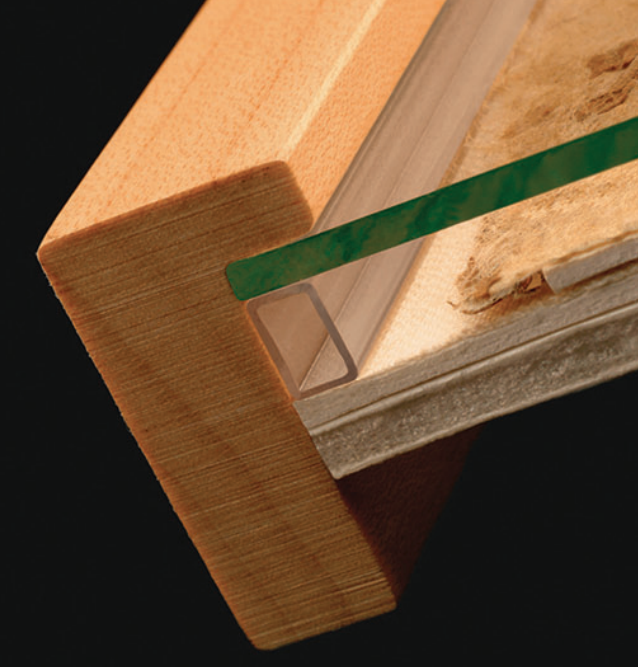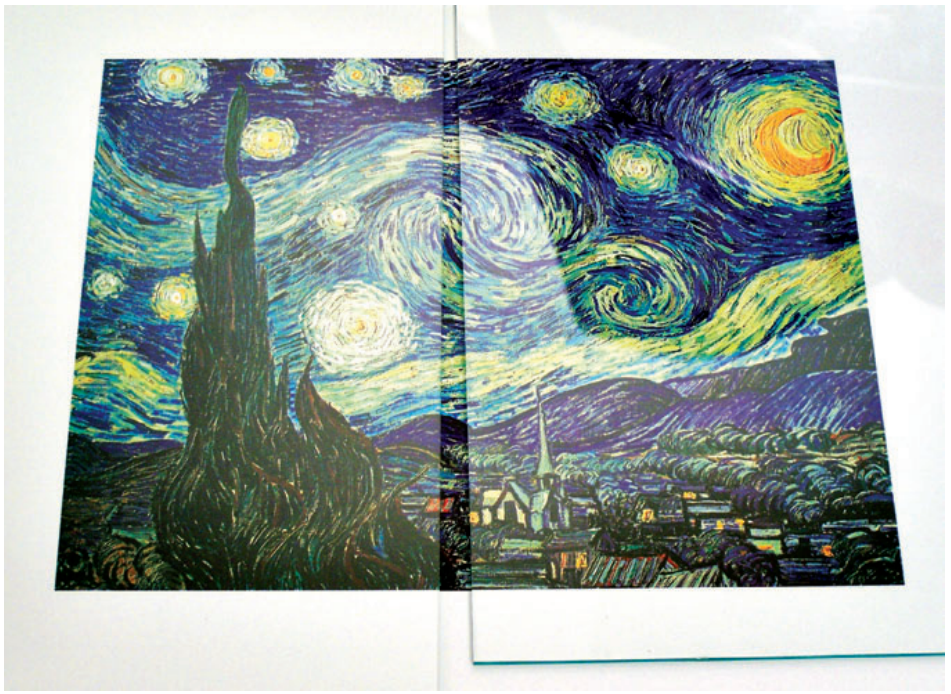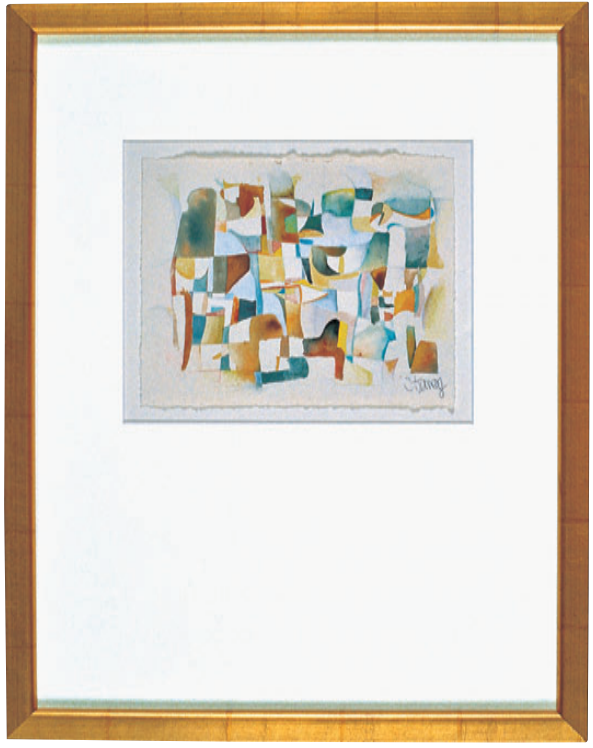The transparent sheet of glass or plastic (acrylic) that is placed in the face of a picture frame is called glazing. Glazing provides a protective cover for the artwork in a frame, protecting the art from airborne dust, grease, household cleaning chemicals and fingerprints. A few kinds of art can be framed without glazing such as oil paintings on canvas and some types of needlework, but most framed artwork benefits from the protection of glass or plastic.
There are different types of picture framing glazing to suit different projects, available in glass or acrylic. Local glass and plastic suppliers may carry what you need. Many online sources sell only acrylic, due to shipping concerns about breakage, although some sell glass in the smaller standard sizes. Custom Framing Wholesale is there to provide professional assistance in selecting appropriate glazing for your precious artwork or picture frame.

Glass for Picture Framing
Protection from Dust, Fingerprints and Airborne Particles
Glass provides protection from dust, fingerprints, and airborne particles such as cleaning sprays. It also helps to keep environmental humidity from affecting the contents of the frame.
2.5mm Single Strength Float Glass
The typical glass for picture framing is high-quality, single strength float glass, which is about 1/10″ (2.5 mm) thick and has very few flaws. Local companies may sell this as window glass, but be sure to get single strength—double strength is too heavy for most framing purposes and is so thick that its green tint can alter the colors of the art and matting. Ask about the quality: Some window glass has bubbles and other marks that may show in the framing.
Glass for picture frames is sold in a few standard sizes at craft and hobby stores, and in single sheets or cartons of multiple sheets from a few online sources.
Plastic for Picture Framing – Acrylic
The plastic used in professional picture framing is acrylic, and it is the best plastic for do-it-yourself framers as well. It will not yellow for many years and it is chemically inert, meaning that it safe for use on valuable art. Acrylic is less than half the weight of glass, and it does not shatter into razor-sharp pieces if broken. This makes it great for framing that will be shipped, framing for kids’ rooms and framing for any vulnerable area, where it might be knocked from the wall. The thickness used by framers ranges from about ⅛” (3 mm) thick for most frames to ¼” (6 mm) thick for very large frames (larger than 24″ × 36″ [61 × 91.4 cm]).
Larger Sheets or Cut to Size Acrylic – Avoid Styrene
Acrylic can be purchased in large sheets or cut to size at some local glass supply companies, in a few standard sizes at craft and hobby stores, and in single sheets or cartons of multiple sheets from online sources. Because the surface of acrylic is easily scratched, a special paper is applied to both sides during manufacturing. This should be left in place until ready to finish the framing. When the paper is removed, lots of static is created, which will attract dust and other tiny debris.
Avoid styrene or any thin plastic, even though it may be advertised for picture framing. This low-quality glazing quickly yellows and warps.
Why Glazing Should “Keep Its Distance”?
Although glazing is generally a good protection for artwork, it should not be pressed against the surface of the art. During changes in temperature or humidity, moisture can condense on the glazing, causing mold or mildew to form, and making the art stick to the glazing (especially glossy, art-like photographs). Damage from environmental changes is much more of a problem with glass than plastic, because glass is a much stronger heat conductor.
The solution to this problem is space between the art and glazing, and there are several ways to create it. Matting is the simplest and most common method. For frame jobs in which no matting is used, special products are made to hold the glass in place while keeping the artwork away from it.

Types of Glazing for Picture Framing
Both glass and acrylic are available in the following styles:
Clear
This is regular glass or acrylic. The type suitable for framing is crystal clear and virtually free from bubbles and other flaws. It gives a sharp view of framed art, but its shiny surface causes glare that can be distracting.
Non-Glare, Non-Reflective or Anti-Reflective
One or both sides of this glazing are etched to minimize glare, resulting in a soft frosted finish. Visibility is clear and sharp when the glazing is near the art, but it becomes hazy when used with deep mats or in shadow boxes.

UV-Filtering
Light is necessary to enjoy framed art, but light is a source of damage to art, especially ultraviolet light. UV-filtering glazing shields the art from 95% to 99% of ultraviolet light in the range considered most harmful. This does not mean the frame can be hung in bright sunlight with no fading, but it does provide a measure of protection for art hung in normal lighting situations.
Museum
This glazing is used by museums and professional framers to give valued artwork the maximum light protection and an outstanding view at the same time. It is created with a combination of UV-filtering and an optical coating similar to a camera lens, which virtually eliminates glare regardless of the distance from the art or objects. This is the most expensive picture framing glass, and it is usually only available from wholesale framing supply distributors or professional picture framers such as Custom Framing Wholesale.
